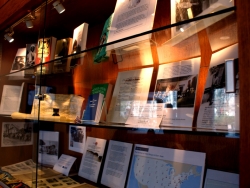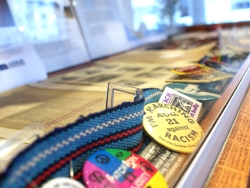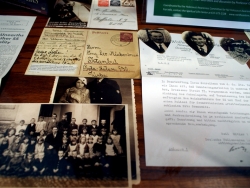What Kind of Work is in IRis?
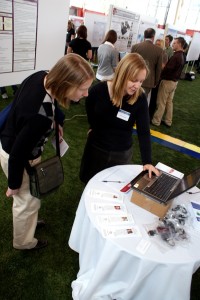
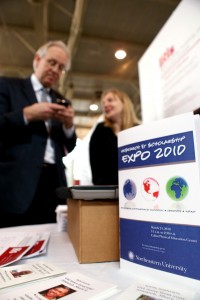
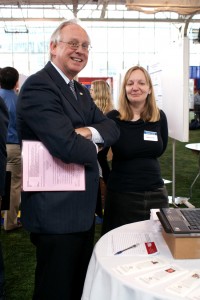 IRis is a digital archive that collects, manages, preserves, and shares the intellectual output and historical record of Northeastern University. It is a service of the University Libraries.
To answer the question posed in my post title–one type of work that is in IRis are academic dissertations. I studied English in college, and it’s still one of my big interests, so I took a look at the English Language and Literature materials that are listed in IRis.
Today, I’d like to highlight the dissertation of Nichole DeWall of Northeastern’s English Department. Her 2008 dissertation is entitled ‘A Plague ‘O Both Your Houses’: Shakespeare and Early Modern Plague Writing, and as the title suggests, it concerns itself with the intersection of Shakespeare’s drama with the plague experience in the early modern era, and it particularly focuses on Romeo and Juliet and Coriolanus.
Nichole’s dissertation is 205 pages, and as it’s in IRis, it’s indexed by Google, and easily shared with the world. I really liked her initial list of questions, and I want to quote them here:
IRis is a digital archive that collects, manages, preserves, and shares the intellectual output and historical record of Northeastern University. It is a service of the University Libraries.
To answer the question posed in my post title–one type of work that is in IRis are academic dissertations. I studied English in college, and it’s still one of my big interests, so I took a look at the English Language and Literature materials that are listed in IRis.
Today, I’d like to highlight the dissertation of Nichole DeWall of Northeastern’s English Department. Her 2008 dissertation is entitled ‘A Plague ‘O Both Your Houses’: Shakespeare and Early Modern Plague Writing, and as the title suggests, it concerns itself with the intersection of Shakespeare’s drama with the plague experience in the early modern era, and it particularly focuses on Romeo and Juliet and Coriolanus.
Nichole’s dissertation is 205 pages, and as it’s in IRis, it’s indexed by Google, and easily shared with the world. I really liked her initial list of questions, and I want to quote them here:
Moreover, my inquiry seeks to understand what kind of cultural and psychical work Shakespeare’s plays performed, both for himself and for his audience members. What was it about the plague experience that compelled Shakespeare to return to it in his works, despite how devastating it was to his creative and financial prospects to remind people of the disease? And what compelled his audience members to venture into the playhouses, despite the fact that these sites were thought to be uniquely capable of spreading the plague? How did the plays provide for Shakespeare and his audiences a language to know the unknowable, or communicate the unspeakable? How do we begin to think about literature in a way that recognizes the demands of trauma, yet still preserves, to some extent, the artist’s ability to make actively make aesthetic choices? These questions emerged as the ones most at stake as I moved within this project. In an attempt to understand the scope and nature of this particular traumatic event—the early modern bubonic plague—I worked with a sample of over 300 archival plague texts.”You can read all of Nichole DeWall’s dissertation here. After reading, I was a bit curious, and it looks like Nichole, after successfully earning her doctorate, is now an assistant professor of English at McKendree University in Illinois.
